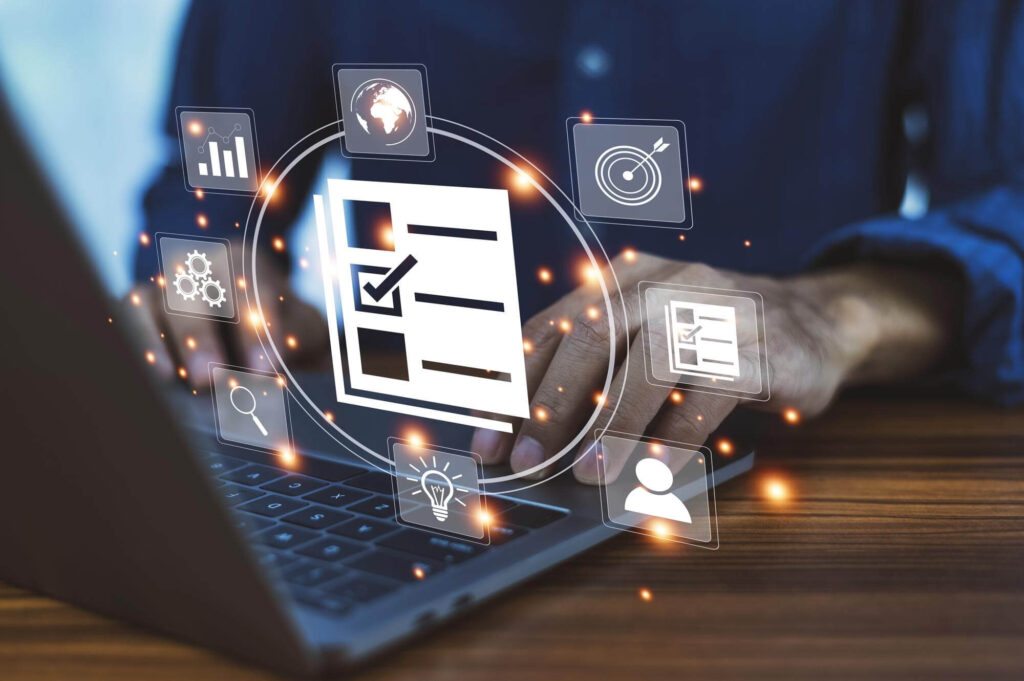Preparing Teachers to Empower Students to Learn: Creating & Sustaining Successful Learning Environments for Gifted and Special Education Students
The Invisible Student: An interactive session where teachers and staff members will be equipped with multiple strategies, pedagogy, and human capital techniques to appropriately empower and move students toward successful outcomes academically and socially.

Purpose of the Guide
To equip educators with strategies, mindsets, and instructional practices that support inclusive excellence by meeting the unique needs of both gifted learners and students receiving special education services—ensuring all students are challenged, supported, and empowered to learn.
Core Beliefs

- All students can learn at high levels with the right supports.
- Equity is not sameness; it is responsive, personalized access to learning.
- Learning environments must be psychologically safe, emotionally responsive, and academically rigorous.
- Giftedness and disability can coexist (twice-exceptionality), and instruction must reflect that complexity.
Framework Overview
E3 Empowerment Framework for Diverse Learners
| ELEMENT | FOCUS | GOAL |
|---|---|---|
| Equip | Teacher mindset, training, and tools | Build educator capacity for inclusive practices |
| Engage | Student-centered strategies and structures | Activate voice, choice, and rigor |
| Elevate | Data, differentiation, and high expectations | Sustain growth and achievement for all learners |
1. Equip: Preparing Teachers to Be Responsive and Skilled
A. Professional Learning Priorities
- Understanding Neurodiversity: Gifted, Twice-Exceptional (2e), Autism, ADHD, LD, etc.
- Differentiated Instruction Foundations: Content, process, product, learning environment
- Culturally Responsive Teaching: Identity, empathy, and cultural validation.
- Universal Design for Learning (UDL): Multiple means of engagement, representation, and action
B. Essential Practices
- IEP & 504 Plan Literacy
- Gifted Education Policies & Identification Practices
- Trauma-Informed Classroom Strategies
- Growth vs. Fixed Mindset Instructional Language
2. Engage: Designing the Learning Environment for Empowerment
A. Environmental Strategies
- Predictable, structured routines
- Visual schedules, timers, and clear expectations
- Flexible seating and sensory-safe spaces
- Quiet corners or calming toolkits
B. Instructional Design
- Tiered Assignments for readiness levels
- Interest-Based Learning Projects
- Choice Boards / Menus
- Goal-setting conferences with students
C. Student Voice & Self-Advocacy
- Teach students how to articulate learning preferences and needs
- Include students in IEP, GIEP, or learning goal development
- Foster leadership through peer mentoring and classroom roles
3. Elevate: Using Data, Differentiation, and Relationships to Grow Every Learner
A. Data-Informed Instruction
- Use formative assessment to flexibly group students
- Include progress-monitoring tools for SPED accommodations
- Leverage performance tasks to assess higher-level thinking
B. Differentiation with Rigor
- Raise ceilings, not just floors: allow depth and complexity
- Use enrichment clusters and curriculum compacting for gifted students
- Scaffold, not simplify, for SPED students to maintain rigor
C. Collaborative Planning & Support
- Co-teaching models (One Teach/One Support, Parallel, Station)
- Regular collaboration between general education and SPED/gifted specialists
- Coaching cycles focused on inclusive planning
A. Schoolwide Structures
- Multi-Tiered System of Supports (MTSS) that includes enrichment
- Inclusion policies with support rather than segregation
- Data teams that consider both academic and behavioral trends
B. Parent & Community Partnerships
- Host dual-themed info nights: Supporting Exceptional Learners
- Empower parents to be active IEP/GIEP participants
- Build mentorship or talent development programs with local organizations
Resources & Tools

- Differentiation Planning Template (Content, Process, Product)
- Student Learning Profile Survey
- Co-Teaching Planning Sheet
- IEP/504 & GIEP Goal-Tracking Tool
- Gifted Enrichment Menu Template
- Classroom Sensory/Support Toolkit Checklist
- Inclusive Reflection Protocol for Lesson Plans
Measuring Empowerment & Effectiveness
| DOMAIN | EVIDENCE OF SUCCESS |
|---|---|
| Instructional Practice | Varied levels of tasks, student choice, embedded supports |
| Student Growth | Progress monitoring, goal mastery, enrichment participation |
| Student Voice | Reflections, goal-setting, increased self-advocacy |
| Teacher Confidence | Self-assessments, coaching reflection, retention |
